The importance of ‘white gold’ to the Alpine economy
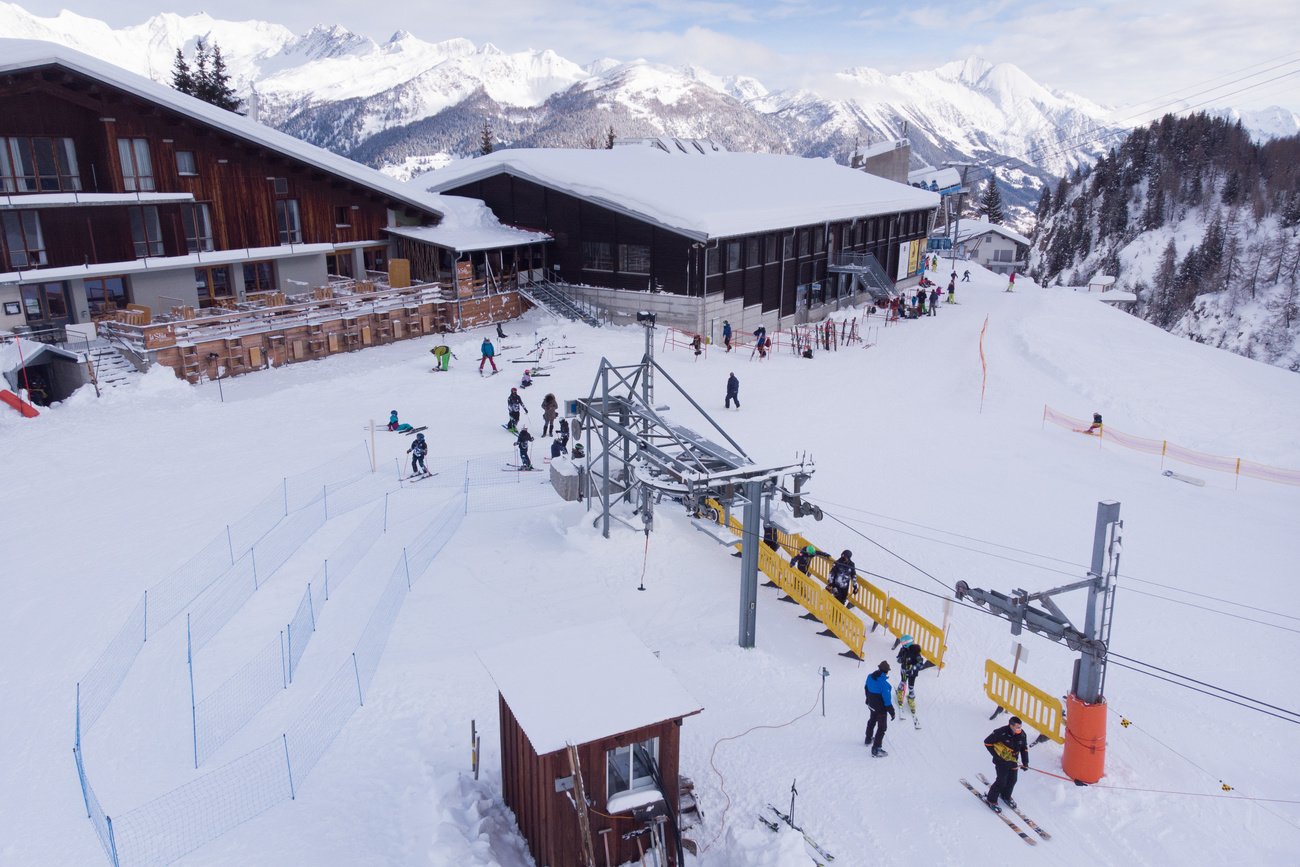
While neighbouring countries have imposed restrictive measures on their ski resorts to fight against the Covid-19 pandemic, Switzerland is notable for allowing stations to open. The economy of the Alpine regions depends heavily on ski-lift activity and winter tourism.
Swiss ski resorts have been the object of particular attention from the foreign press in recent weeks. While neighbouring countries have decided to stop, or at least dissuade, their citizens from going skiing during the Christmas period because of the risk caused by Covid-19, the Swiss government has given the green light, albeit with certain conditions. The pressure exerted by the country’s neighbours was not enough to overcome the outcry from internal stakeholders in the sector, representatives of the Alpine cantons, and most parliamentarians.
In this unprecedented context, the activities of Swiss resorts promise to be scrutinised. The controversies have already begun. In mid-November in Zermatt, and ten days ago in Verbier, images of skiers packed together in defiance of social-distancing rules were severely criticised in Switzerland and by the European press.
It must be said that giving up this windfall would be perilous from an economic standpoint. In Switzerland, the mountain regions cover almost half of the national territory and are hot spots for tourist activity. In 2018 and 2019, 54% of total hotel nights were booked in Valais, Graubünden, and the Bern region, according to the Federal Statistical Office. In the mountain regions, one in five francs is directly or indirectly generated through tourism, and one in four people is employed in the sector.
For these regions, which are principally home to the country’s ski resorts, winter is a crucial period. Half the hotel nights registered in Graubünden, notably in Davos, and more than 40% of those in Valais – for example in Zermatt – were between December and March.
“Winter tourism represents about 1% of Swiss GDP, but more than 10% for mountain regions like Valais or Graubünden,” says Laurent Vanat, author of an international report on ski and mountain tourism. In total, winter tourism activity generates around CHF5 billion ($5.65 billion) a year, Vanat tells swissinfo.ch.
Lungs of the resorts
Despite a slight, but constant, downward trend in recent years, the ski lifts and skiing remain the main engines of a resort, which generate direct and indirect economic benefits at the regional level, according to the Swiss Tourism Federation.
“It is also the infrastructure which enables the accommodation of the highest volumes of tourists,” Vanat says.
In the 2018-2019 financial year (including summer 2019), the sector booked turnover of CHF1.5 billion, of which three-quarters was generated during winter. It employed almost 17,000 people, according to the sector’s umbrella organisation.
The Swiss ski regions registered a little over 20 million skier-days (first crossings per person and per day in winter) – a figure which declined by almost 20% compared with the previous year following the premature closure of the season due to the pandemic and lack of snow. The five-year average comes in at around 23 million skier-days. Two-thirds of guests come from Switzerland, and more than 28% from the European Union.
National skiers represent the major part of visits in almost all countries. Only two countries in the world are exceptions: Andorra and Austria, where foreign clients represent 90% and two-thirds of total visits, according to Vanat’s report.
Winter tourism is the primary source of wealth for a large part of the mountain territories in France and Austria. Half of the Savoie’s economy is directly or indirectly linked to winter sports, according to Skiable Areas in France. The French ski resorts generate more than €1 billion (CHF1.1 billion) annually, and represent a market estimated at €10 billion in spending, or between 5% and 10% of the French tourism economy. The skiable areas deliver 18,000 direct and 120,000 indirect jobs each year.
In Austria ski lifts generated more than €1.5 billion in turnover during the 2018-2019 winter season. The sector estimates that winter sports enthusiasts generated a total turnover of more than €11 billion and a contribution to Austrian GDP of almost €6 billion. Almost 126,000 jobs were directly or indirectly created by the industry.
Major player
Winter activities represent more than €33 billion at the European level and €69 billion globally, according to Vanat. The Alps are by far the largest ski market on the planet, with more than 40% of global frequentation.
The average of 23 million skier-days places Switzerland well behind the United States, France, or Austria. But in relation to the country’s population, Switzerland has the second-highest ratio in the world after Austria.
There are more than 2,000 ski resorts with at least five ski lifts in the world. The United States, Japan, France, and Italy have the most, with more than 200 resorts each. In absolute numbers, Austria comes in fifth (200) and Switzerland sixth with almost 90 resorts. But with more than two resorts per 1,000 square kilometres, Switzerland has the highest density of resorts after Japan and Austria.
Around the world there are some 50 ski resorts considered to be major – their frequentation reaches more than a million skier-days during the winter season. Among them, 80% are in the Alps. Austria has the highest number of these resorts, just ahead of France.
With six major resorts, Switzerland ranks fourth: Zermatt (Valais) is the most frequented resort in Switzerland, followed by Arosa Lenzerheid (Graubünden), Adelboden-Lenk (Bern), Davos-Klosters (Graubünden), Verbier (Valais) and St Moritz (Graubünden).
While winter sports in Switzerland are significantly more expensive than in neighbouring countries (30% more than in Austria and France last season), those countries which have closed their resorts fear Switzerland will pick up the slack this season. The French and Italian governments have therefore implemented a compulsory isolation period upon return to discourage their citizens who are tempted to hit the Swiss slopes during the holiday period.
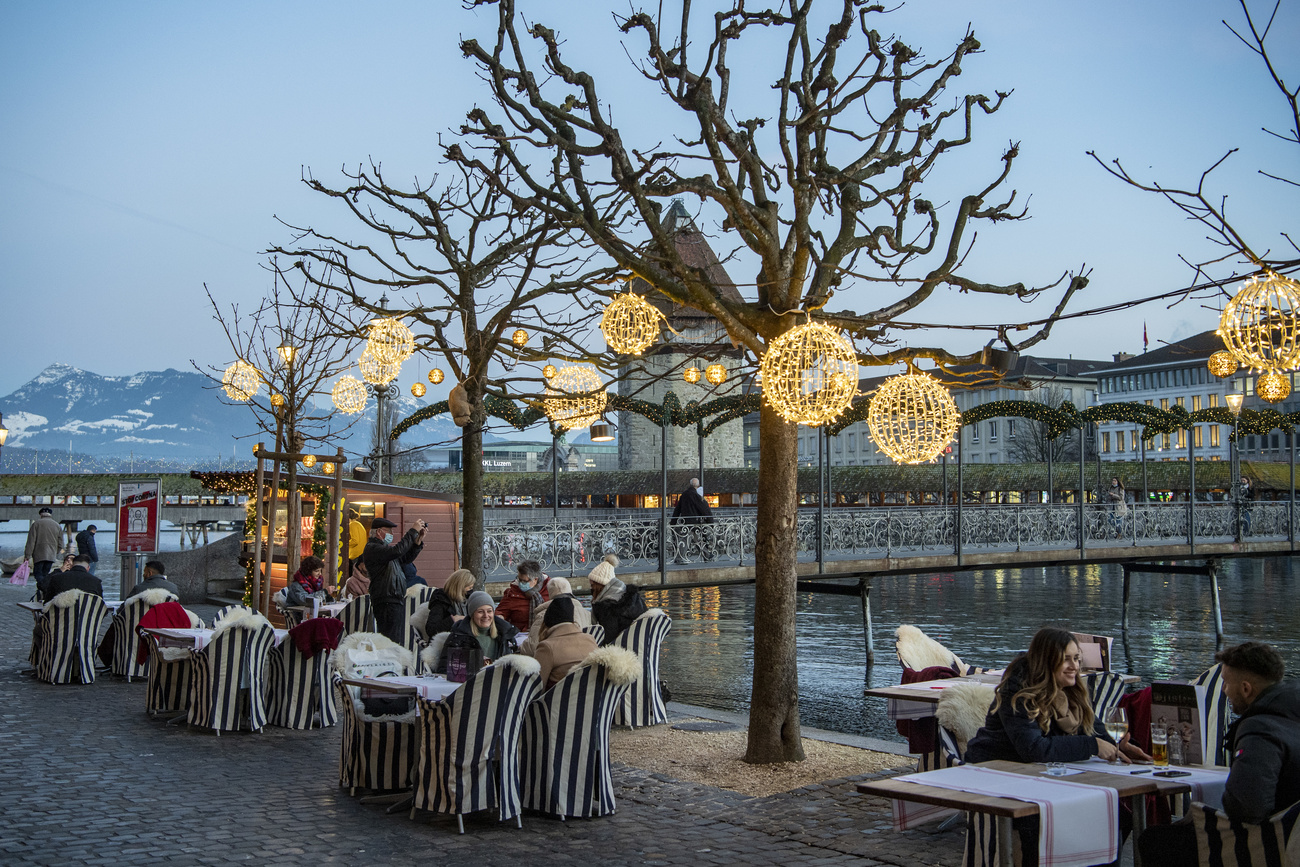
More
New anti-corona measures: restaurants closed, ski areas open
Translated from French by Sophie Douez

In compliance with the JTI standards
More: SWI swissinfo.ch certified by the Journalism Trust Initiative











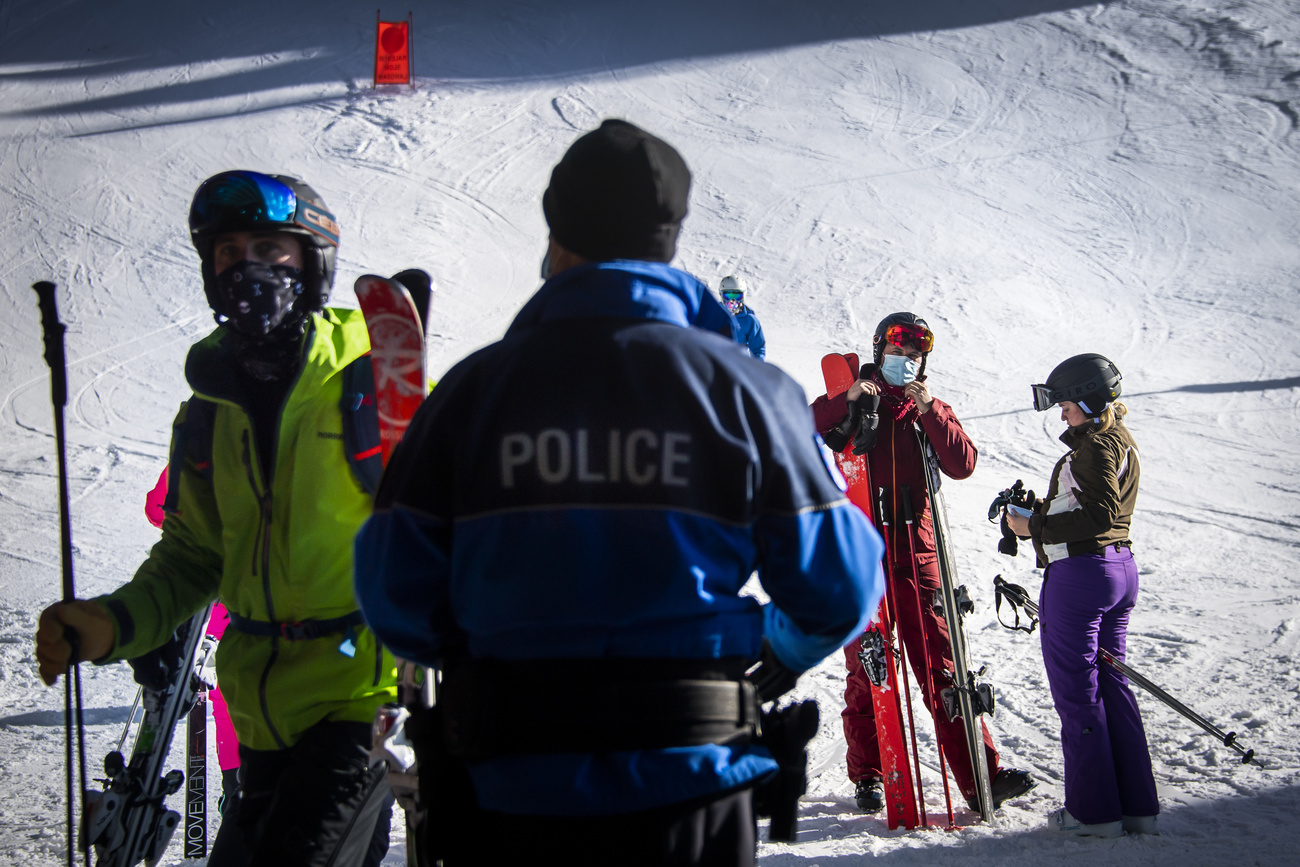
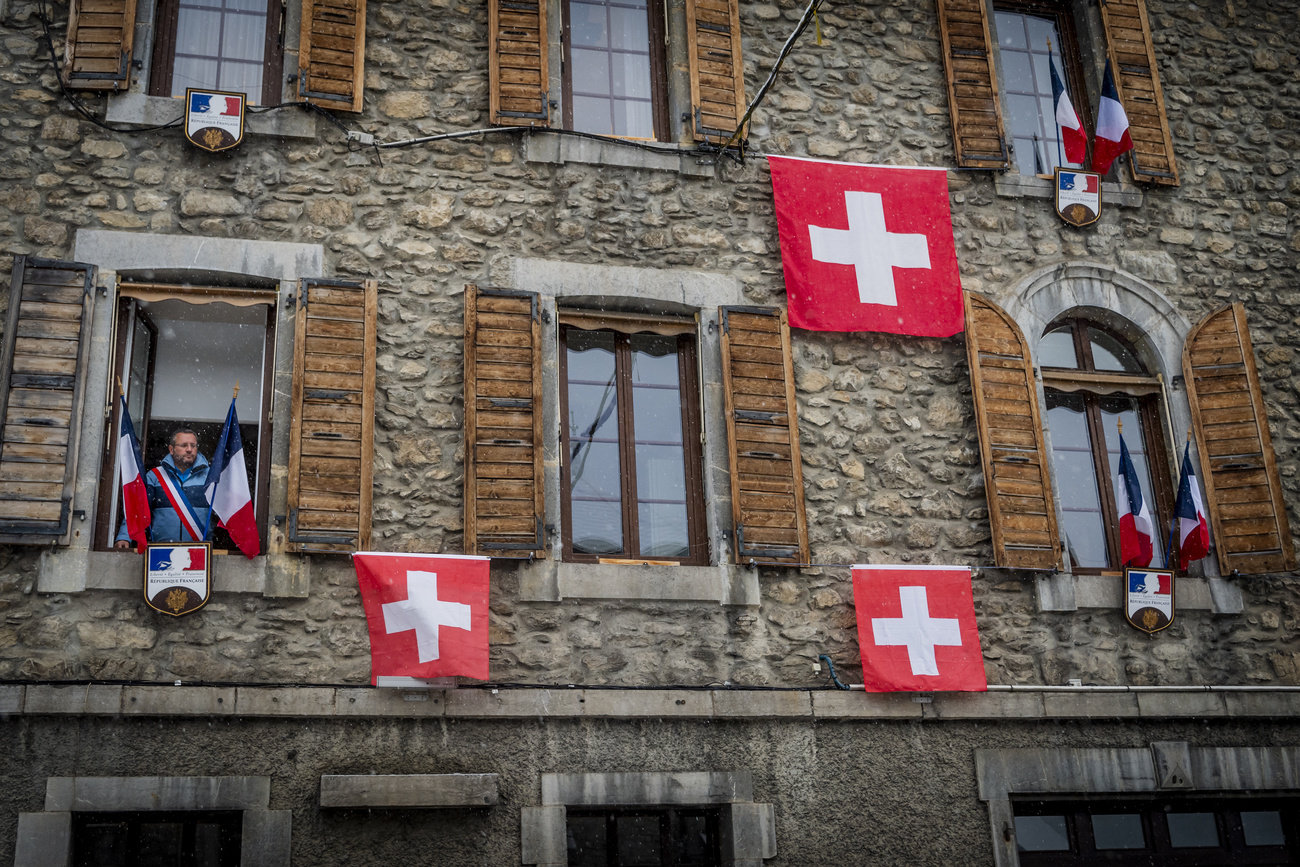
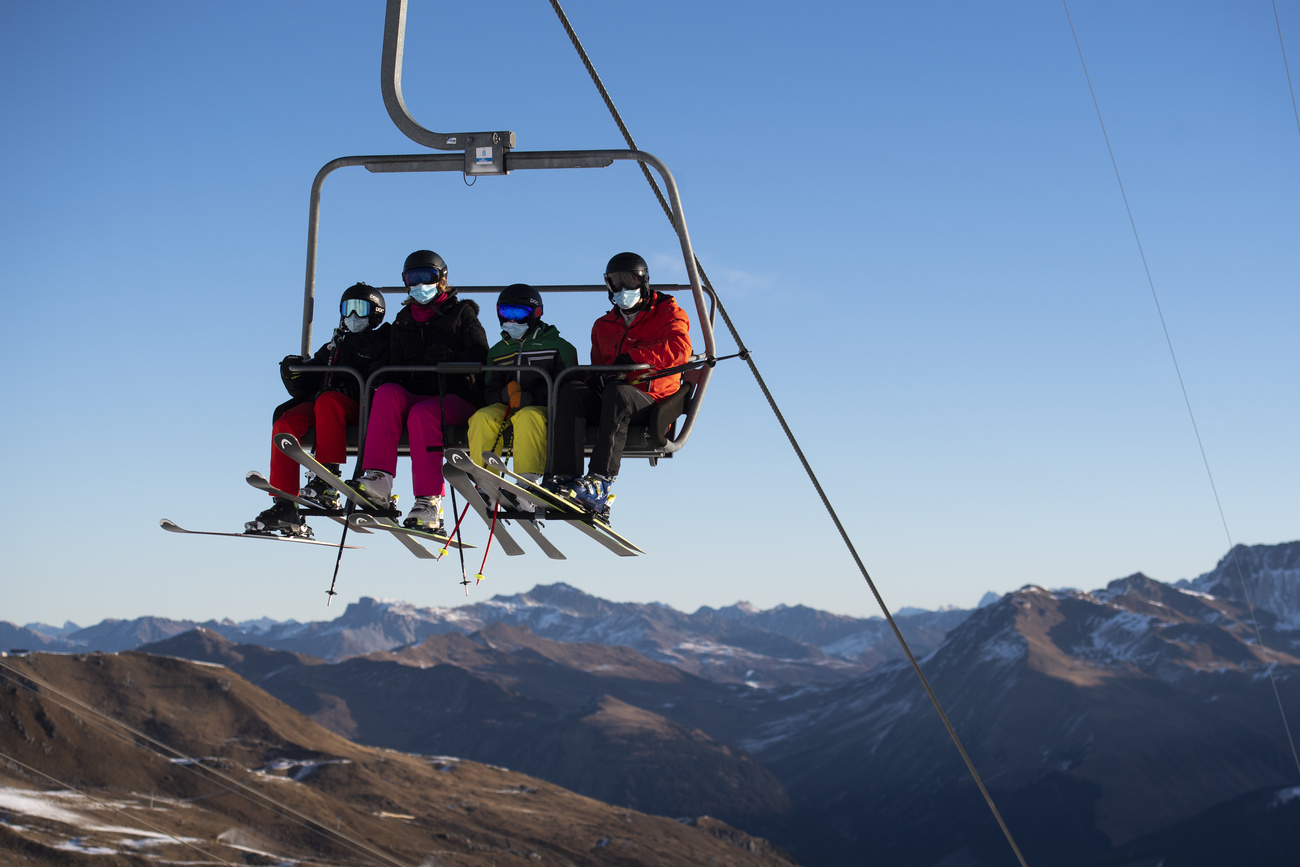

Join the conversation!